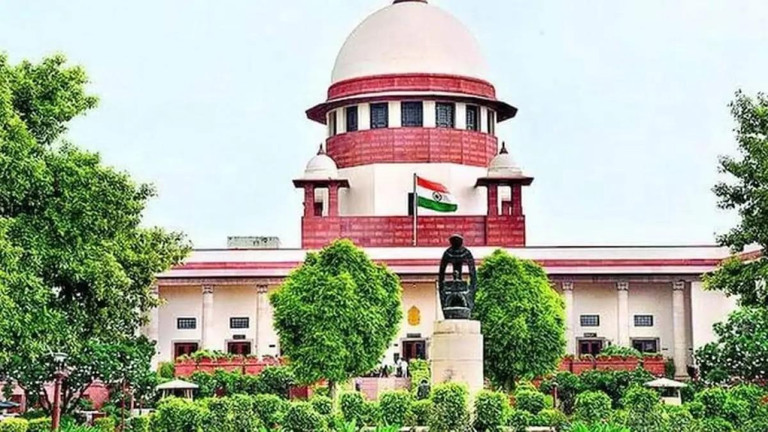Linguistic Diversity Triumphs: Supreme Court Slams Councillor's Urdu Sign Discrimination

In a legal challenge that highlights ongoing linguistic tensions, a former local councillor has taken a stand against the use of Urdu on an official signboard at the Patur Municipal Council office in Akola district. The petitioner filed a formal challenge to a previous High Court order, sparking a debate about language representation in local government spaces.
The dispute centers on the visibility and official status of Urdu within the municipal council's premises, reflecting broader conversations about linguistic diversity and cultural representation in local administrative settings. By challenging the signboard's multilingual display, the former councillor has brought attention to the complex dynamics of language use in public institutions.
This legal action underscores the ongoing negotiations surrounding linguistic rights and representation in regional government offices, revealing the nuanced ways in which language can become a focal point of local political discourse.
